8 Ways to Get Ambient Lighting Just Right
http://decor-ideas.org 09/19/2013 18:10 Decor Ideas
It's common knowledge that we need general, ambient lighting in our homes, but there are things to consider before you get out the ladder. To avoid surprises, it's helpful to understand how your new lighting will look. If you recently swapped out your incandescent bulbs for compact fluorescent ones with a screw-in base, you will likely have discovered that the light quality is different — whiter. The same is true if you have traded in your vintage Christmas lights for new LED mini lights. All lighting is not alike.
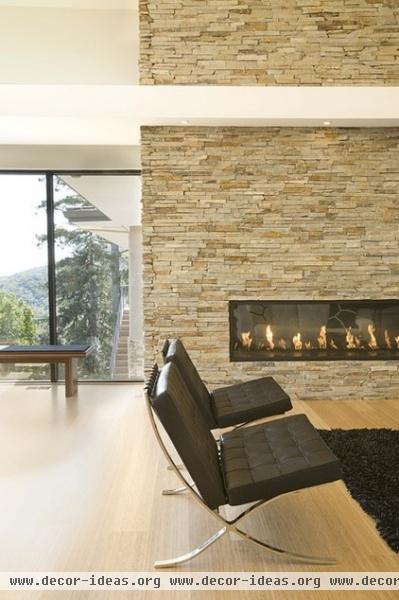
Do you like warm light or cool light? You have probably heard lighting described as having a color temperature, which is measured in degrees Kelvin (K). Simply put, this indicates whether the light will appear warm or cool — more yellow or more blue.
Desirable temperatures for home lighting depend on the effect you want to achieve:
• 2,700 K: Warm, similar to soft candlelight
• 2,900 K to 3,200 K: Warm, the Goldilocks zone (for many)
• 3,500 K: Neutral
• 4,000K: Cool. Mimicking natural daylight starts here; the light gets colder depending on the time of day. (Surprisingly the light we perceive from the sun is cool.)
• 5,000 K: Cold
Let personal preference guide you. If you are drawn to rich, warm colors, or your home is traditional or Arts and Crafts style, lighting that mimics incandescent or even candlelight may be desirable. A modern or contemporary home might look better with cooler-temperature (whiter) lighting.
Lighting experts draw on a toolbox of techniques to elevate look and functionality, but don't overlook the basics.
8 Ways to Get Your Ambient Lighting Right
1. Exploit natural lighting. For rooms used primarily during the daytime, natural light can be adequate and inviting. Consider passive light sources first.
Tip: Check local building codes to determine if you can enlarge or add fenestration (openings in a structure).
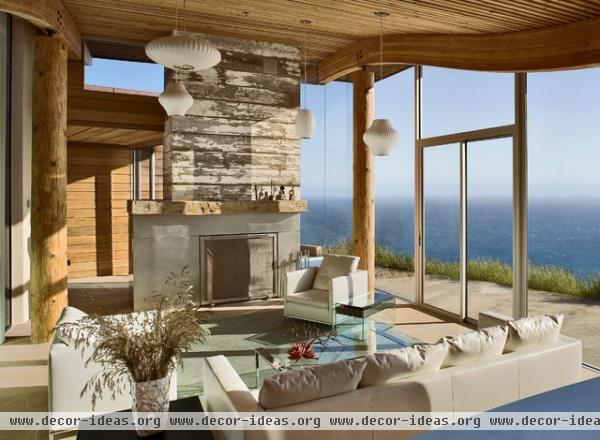
2. Expose your rooms. In the northern hemisphere, east-, west- and south-facing rooms are great candidates for increasing natural light. Each exposure offers unique lighting. North-facing rooms draw on natural light as well but typically need assistance from an artificial light source.
Tip: Add windows to the southern face of your home to get the maximum benefit from natural light.
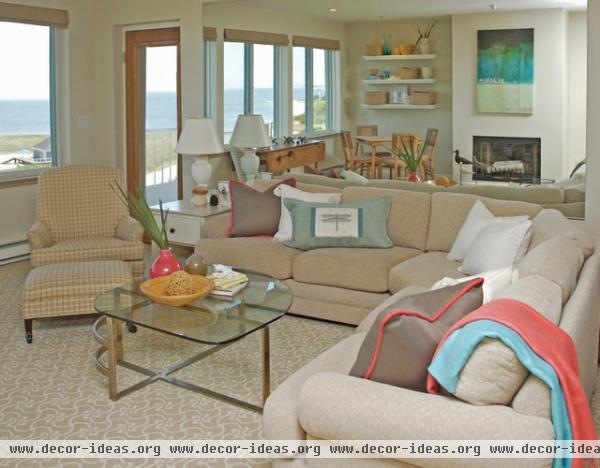
3. Reflect natural light. This room has lots of natural light, drawing on a less-obvious strategy. Anytime you introduce mirrors, like the ones on the wall behind the sectional here, you reflect and amplify the light.
Tip: Place a mirror opposite any available window if you have a dark basement or family room. No matter how small the window, it will bounce more light around.
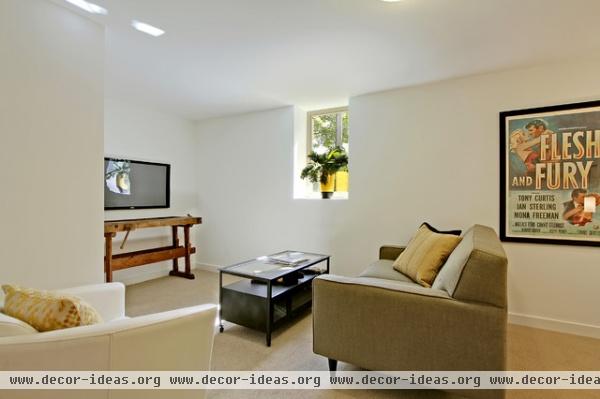
4. Amplify the light. In a room like this with one small window, the white paint amplifies the light. Mirrors on the sides of the window opening also would maximize the natural light.
Tip: Inquire about your paint color's light reflectance value (LRV), a measure of how much light a color absorbs and reflects — especially if your windows are small and there is limited available light. Color (lighter colors reflect more; darker ones absorb more) and sheen level (more gloss equals more reflection) also have an effect.
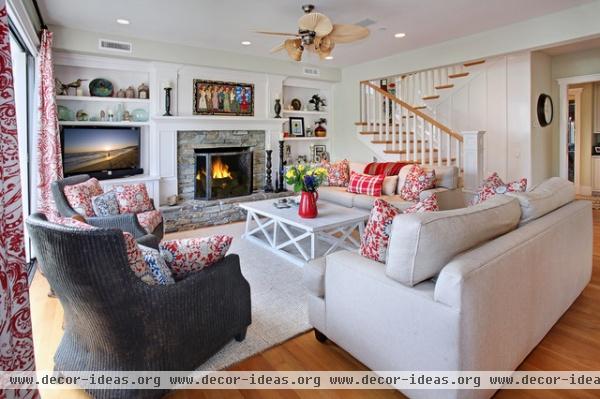
5. Augment with recessed lighting (pot or can lights). Recessed lighting is a go-to problem solver. The goal is to have each light cast a cone of light to pool on the floor, leaving no dark spots or unlit zones. The ceiling height will determine the placement, because each light will cast a pool of light according to its beam spread.
Tip: Add recessed lighting to any room that needs more lighting than is available from natural light sources. If you are budget conscious, consider halogen MR16 bulbs, which rule a large part of the market right now. If you are willing to spend more, try the low-voltage bulbs gaining momentum in residential projects. Use LEDs for a clean, white lighting option. Although the initial cost will be considerably higher, they can deliver lighting through a much smaller fixture and last a very long time.
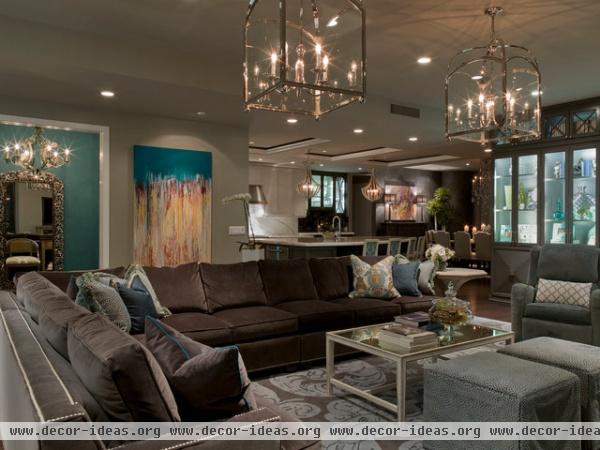
6. Factor in age and health. As we get older ,we can become more sensitive to light but also need more light to enable us to see fine details. Reading lamps are essential, but tuning into sensitivities will help make the overall room more soothing.
Some people are sensitive to light for a variety of other reasons; some suffer from migraines (count me in) or epilepsy. Eye color, medication and some medical conditions can also cause sensitivity to light (photophobia).
Tip: Use dimmers for all your lighting. More important, create zones for your lighting so you can shut down an area that isn't in use. When possible, install lighting for a main seating area on one circuit and perimeter lights on another. When you shut down lighting on the periphery, you reduce the amount of light bouncing off the walls, allowing for maximum comfort and customization.
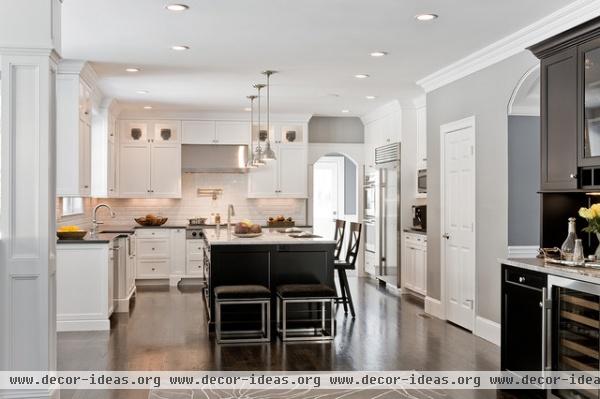
7. Up the energy level. Some rooms are hubs for your household's comings and goings. In these rooms you want ambient light to boost energy.
Tip: Do not skimp on lighting in high-activity-level areas. These may include the family room, breakfast and homework area in your kitchen, or anywhere you want to ramp up the energy level. When you calculate a range for required wattage, err on the side of more rather than less.
And reconsider fluorescent lighting. Fluorescent options have come a long way, so take a look before you say, "No way." They provide the highest amount of lighting at the most affordable cost, making them great for ambient lighting. They do not generate much heat, and they use very little energy. These are not the 4-foot-long tubes you may be remembering from grade school; you can now get fluorescent lights in a recessed can format.
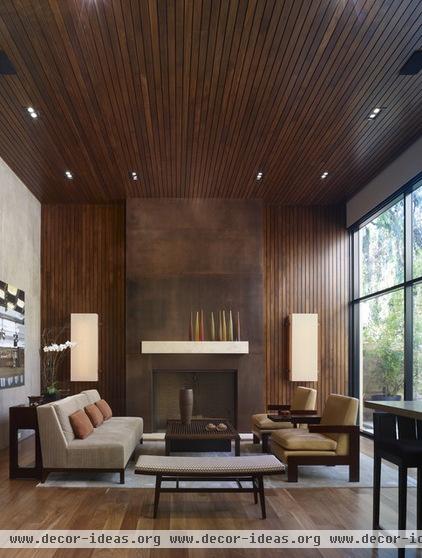
8. Play with color, materials, finishes and placement. A light-filled space gives me joy and energy. For others a more cave-like space will have the same effect. It's all about finding your comfort zone with ambient lighting.
Tip: Use a few strategically placed lights to add personality.
Think beyond the grid. When you develop a lighting plan, look at the features of the room and think in terms of patterns, drawing on the geometry of the room.
Color, materials and finish all play into whether a room is bright and airy or dark and moody. Take all of these into consideration. Lighting can enhance or play down these elements.
Lighting is very technical and one of the most complex areas of design. There are so many variables that investing in a great lighting consultant will help you achieve the most comprehensive result best suited to your needs.
Related Articles Recommended












